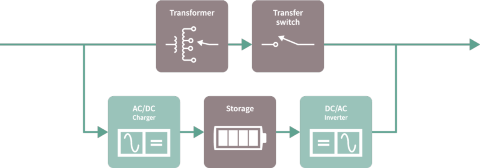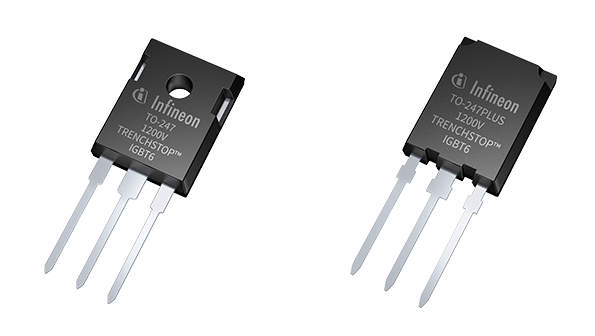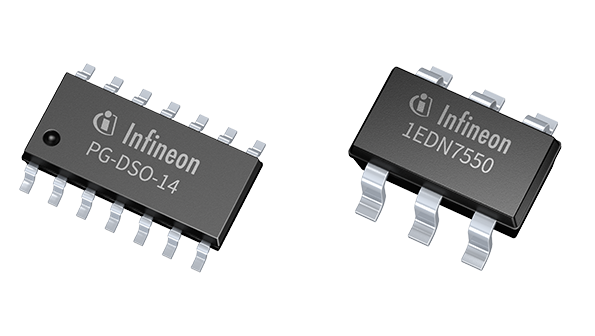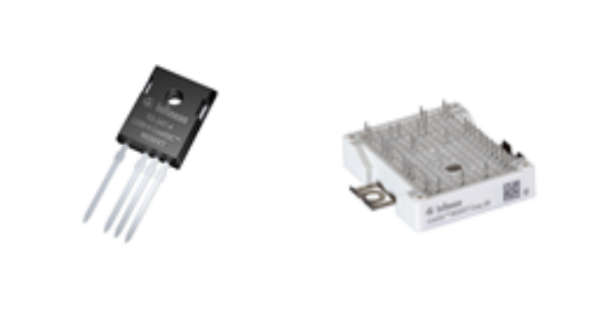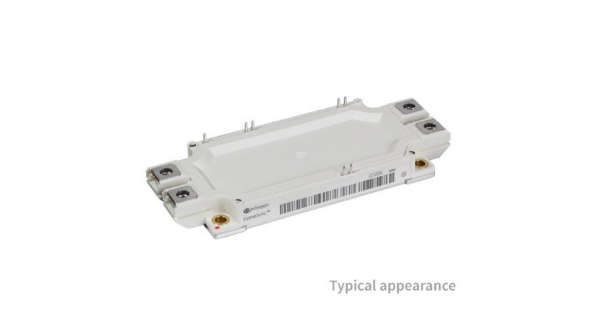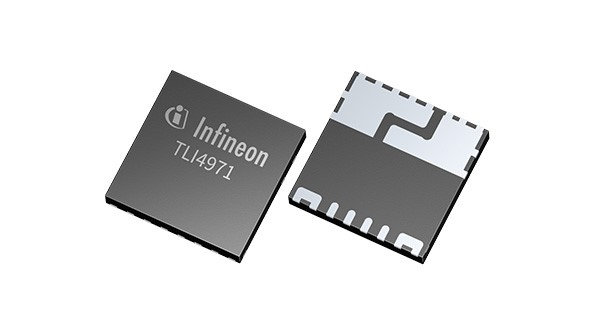Uninterruptible power supplies (UPS)
Please choose a subcategory
Uninterruptible power supplies – sources of continuous and clean power

Factors such as rising trend towards internet of things (IoT) and smart buildings, a growing number of data centers across the globe, increasing trend towards virtualization and cloud computing are expected to drive the UPS market globally in the coming years. Uninterruptible power supplies provide power to critical loads in the event of a power failure. Unlike emergency generators, UPS systems provide power immediately, but only for a short period of a few minutes – until a backup power supply comes on line or until the load completes its shutdown sequence. While continuity of power supply is an important aspect, it is not the only one: for example, a UPS system can also filter voltage spikes, voltage drops or noise, ensure a constant frequency or guarantee a certain power quality.
The applications of UPS systems are many and varied: they are used in medical, commercial and industrial facilities, as well as in many locations of the IT and telecommunications infrastructure, ranging from personal computers to data centers.
UPS systems can be classified into three main categories:
1. Offline/standby
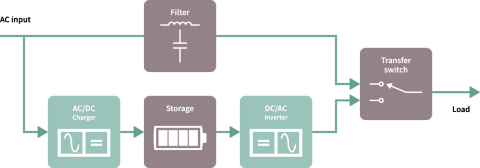
When AC-line voltage is present, a relay bypasses the inverter, which then remains off. The battery charger operates to maintain full charge. If the AC power fails, the relay switches the UPS output over to the inverter, which starts up after a short interruption of 10 to 20 ms to take over the emergency power supply.
2. Line-interactive
3. On-line/double-conversion
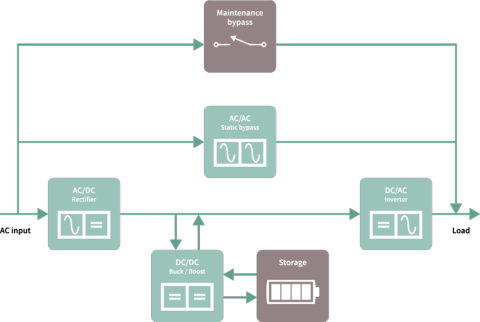
The AC input is converted to DC when the battery is charged and then converted back to AC so that if the AC line fails, the system seamlessly switches to battery power and the output power continues without interruption. Such systems provide a stable and clean AC output under all conditions, but there is an inherent loss of efficiency in the conversion stages. More sophisticated systems are able to mitigate this by partially bypassing the two conversion stages during AC line operation so that only a small portion of the power flows through them. If AC input fails, the inverter stage can take the full load without interrupting the output.
Simulation
Parametric Product Finders
Webinar

In this webinar you will learn what benefits silicon carbide offers for high power converters like UPS systems. Detailed application examples will show you how CoolSiC™ can help your design become more efficient and compact and why these are key factors for successful UPS applications in the market.
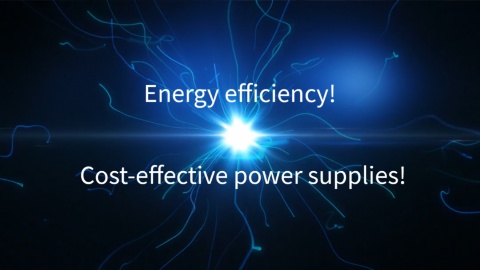
This e-learning is about Infineon’s power solution positioning for uninterruptible power supply (UPS) applications. We will cover also different types of UPS and topologies commonly used.
This training will show you what makes CoolSiC™ the perfect choice for UPS applications.
Do you know what industrial automation is? Join us on this journey through the world of factory automation and find out how semiconductor solutions help factories become smart! Modern industries typically require many coordinated single steps to accomplish a finished product or any activity flow. Imagine this with no automation in place: any high volume outputs or uninterrupted courses of action at a high level of quality and in a short time would not be possible, would it?
In this EiceDRIVER™ X3 digital isolated gate driver training you will learn how to install the software that aids you in the evaluation of X3 digital and its evaluation board.
Webinar
Learn what benefits silicon carbide offers for high-power converters like UPS systems. Detailed application examples will show you how CoolSiC™ can help your design become more efficient and compact and why these are key factors for successful UPS applications in the market.

